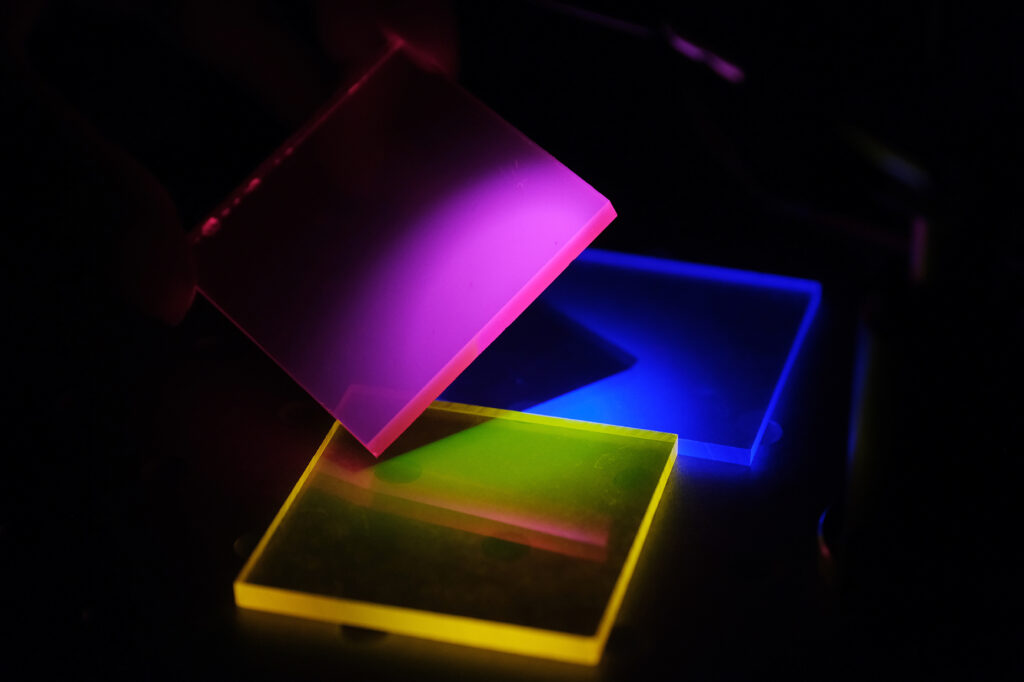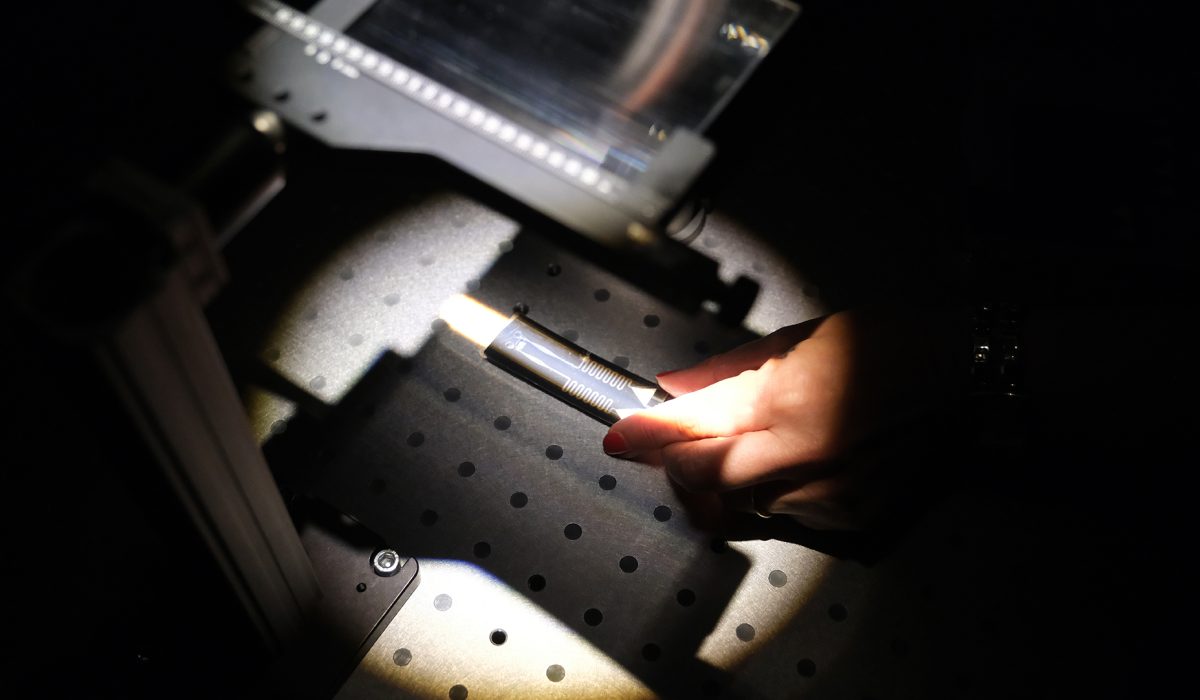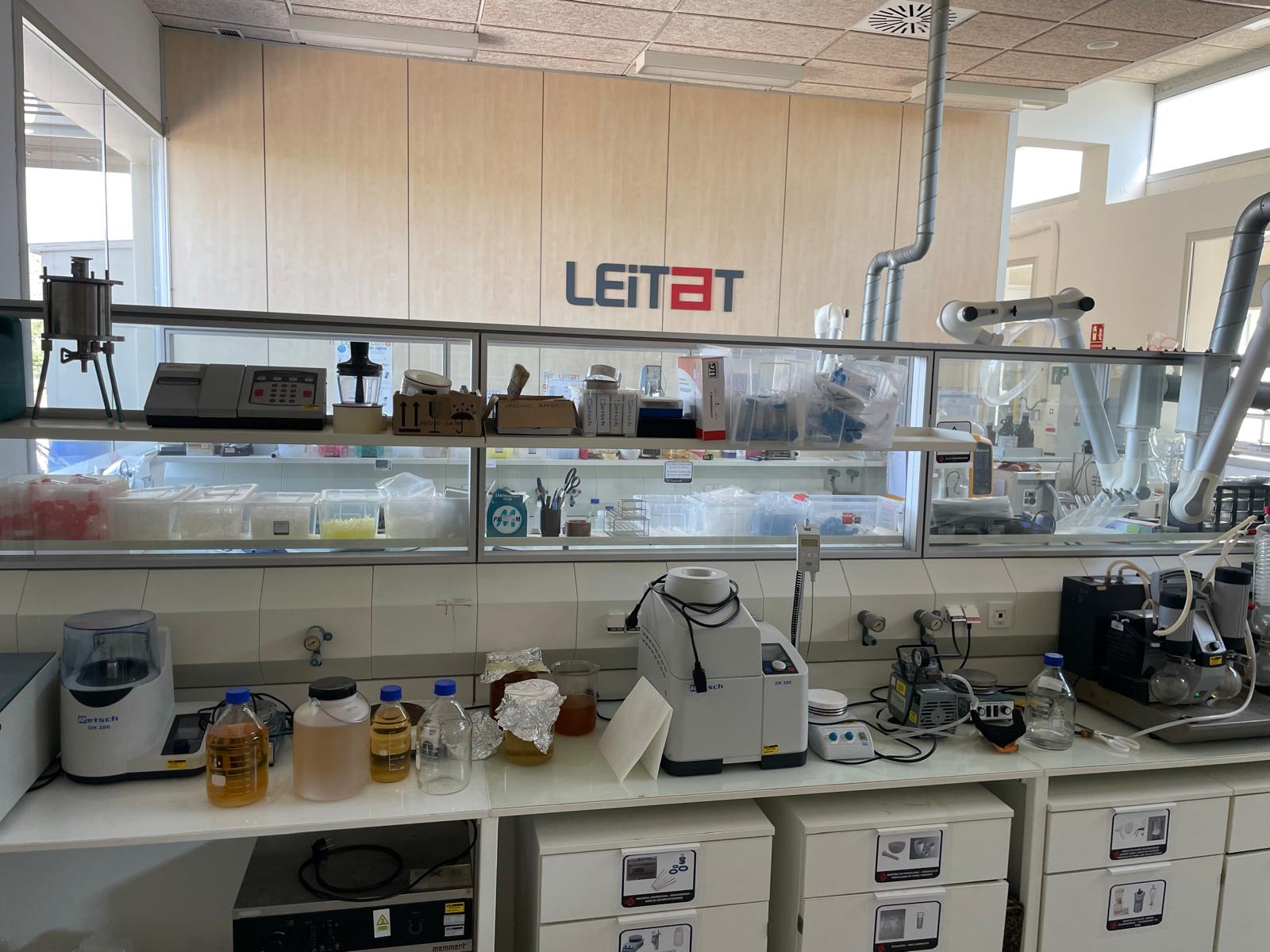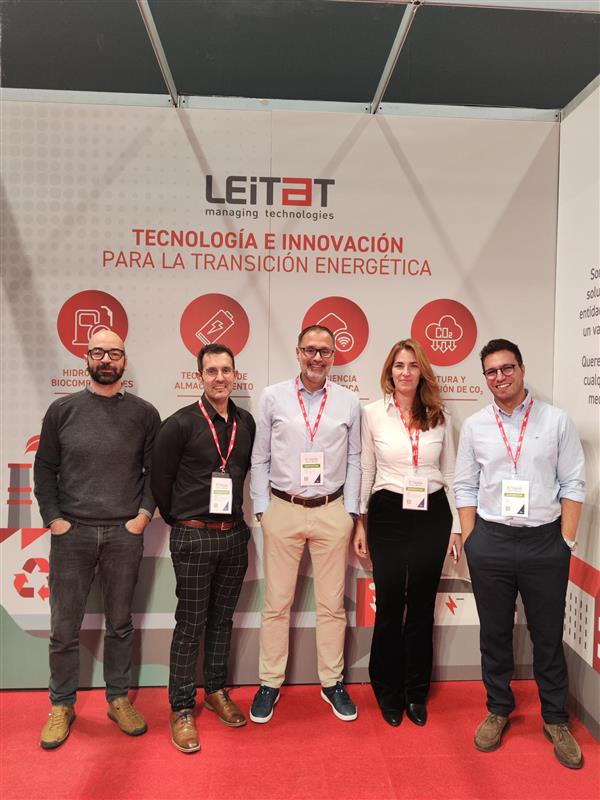- From its laboratory located in the DFactory in Barcelona, the technology center promotes advanced photonic solutions applied to multiple sectors
- A technology that sees the invisible: Leitat investigates how to apply light to detect diseases, to improve quality control in online production and to make industrial processes more efficient, among others
- Photonics and vision open new opportunities in automation, quality control and advanced detection in industrial, environmental and biomedical environments
On the International Day of Light, celebrated every May 16, the Leitat technology center focuses on the growing impact of photonics and vision as strategic tools for technological transformation. From its laboratory, located in the DFactory of Barcelona and managed by the Consorci de la Zona Franca de Barcelona, the area of Photonics and Vision of Leitat leads high complexity projects applying technologies such as optical sensing, vision and use of laser, oriented to solve technological challenges in sectors such as industry 4.0, health, agri-food, energy and bioeconomy, among others.
“Photonics is a transversal technology that accelerates innovation and efficiency in industrial and scientific processes. We are seeing a clear increase in interest in the use of this branch of technology, more unknown by the general public, by companies from multiple sectors, as a key tool to improve their competitiveness”, says Jordi Cabrafiga, General Director of Leitat.
Currently, the team has a highly equipped laboratory with laser systems, hyperspectral cameras, optical detection equipment and advanced optical simulation software. These tools allow prototypes to be developed adapted to the needs of each project based on the three main lines of research: design and development of sensors, vision technologies and the use of laser in the industrial field.
Of the various techniques with which we work, the hyperspectral vision and optical simulations using software tools stand out.
Hyperspectral vision is a technique that allows the creation of images that provide information on the chemical composition of the objects in the image, such as determining the degree of hydration in food or skin, classifying products or identifying the presence of pollutants.
Through optical simulation, analysis of beam tracing is carried out to study and design optical systems such as the design of solar light concentrators for applications in solar energy, agriculture and the generation of renewable fuels.

Revolutionary successful projects in the industrial and health field
Among the recent success stories of the Department of Photonics and Vision of Leitat, the European NEWSKIN project stands out, on the one hand, in the industrial field, which has developed an automated system for drying and curing industrial coatings, combining infrared lamps with vision systems and AI algorithms to optimize real-time processes and minimize energy consumption.
In the field of health, we find the PANACEA project, focused on creating an optical sensor capable of detecting the presence of legal drugs in saliva through biomarkers with certain optical properties and quantifying the level of legal drugs consumed.
Both prototypes could be seen in the exhibition organized by Leitat at the Advanced Factories Fair and, today, can also be visited in the showroom they have in th
A future committed to photonic research as a tool for business competitiveness
Looking to the future, Leitat is already working in emerging areas such as integrated photonics, quantum computing and photonic chips, as well as in the design of optical systems for the generation of solar energy or precision agricultural applications, betting on the sustainable growth of its Photonics and Vision department. The entity thus reaffirms its commitment to photonics research as a tool for business competitiveness and social progress.
“Photonics has a future full of challenges and its application will be increasingly widespread in all sectors. Thanks to cost reduction, more companies and industries adopt photonic-based solutions as a tool for innovation. The digital age and the growth of artificial intelligence drives new developments, such as photonic chips and quantum computing”, explains David Gutiérrez, director of the Leitat Digital Industry department. “So, currently photonics, like all STEM knowledge technologies, is facing the need to train talent and generate critical mass of expertise to successfully face the technological challenges of the coming years”, he concludes.




